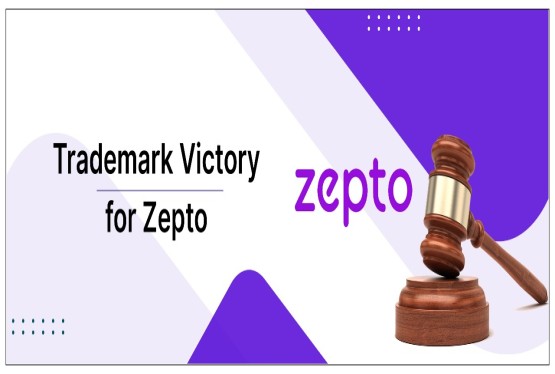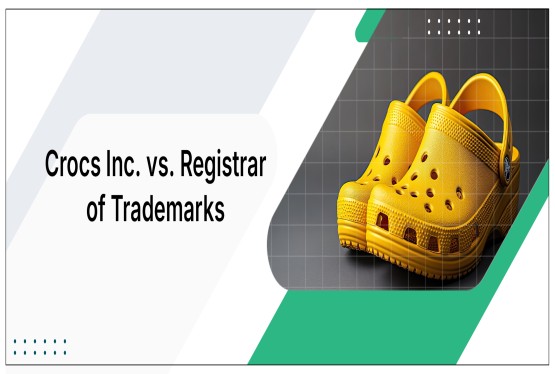Ownership of a trademark is not static. It can be transferred from one proprietor to another through assignment or transmission. These legal processes ensure the smooth continuation of brand identity and business goodwill. While assignment involves a voluntary transfer of rights, transmission can occur due to legal circumstances such as inheritance, mergers, or bankruptcy.
Trademark Assignment
Trademark assignment refers to the legal transfer of ownership rights in a registered or unregistered trademark from one entity to another. The new owner, known as the subsequent proprietor, gains exclusive rights to use and enforce the Trademark Assignments are governed by Section 37 to 45 of the Trade Marks Act, 1999.
Types of Trademark Assignment:
1. Complete Assignment with Goodwill: The assignor transfers all rights, including the brand’s goodwill, to the assignee. The new owner can use the trademark for the same or related goods/services.
2. Complete Assignment without Goodwill (Gross Assignment): The assignor transfers the trademark without the associated goodwill. The assignee cannot use the mark for goods/services that the assignor previously dealt with.
3. Partial Assignment: The trademark is transferred only for specific goods or services.
4. Assignment with Restrictions: The transfer is subject to territorial, industry-specific, or operational limitations.
Procedure for Trademark Assignment:
1. Draft an Assignment Agreement: Clearly state the intent, rights, and consideration involved in the transfer.
2. Apply for Assignment with the Trademark Registry:
-
Form TM-P must be filed.
-
Required documents include the deed of assignment, power of attorney (if applicable), and an affidavit.
3. Approval by the Registrar: The Registry examines the assignment to prevent consumer confusion and ensures compliance with the law.
4. Publication and Opposition: If objections arise, the parties must justify the transfer.
5. Final Registration: Once approved, the assignee is recorded as the subsequent proprietor.
Trademark Transmission
Trademark transmission refers to the transfer of ownership due to operation of law rather than a contractual agreement. It occurs in cases of succession, mergers, bankruptcy, or devolution of property.
Modes of Trademark Transmission:
1. By Will or Inheritance: Upon the death of the trademark owner, the rights pass to the legal heirs.
2. By Business Acquisition or Merger: When a company merges or is acquired, trademarks automatically transfer to the successor entity.
3. By Court Order or Liquidation: In cases of bankruptcy, courts may order the transfer of trademark rights to another entity.
Procedure for Trademark Transmission:
1. Legal Documentation: A will, merger agreement, or court order must substantiate the transfer.
2. Application to Trademark Registry:
-
Form TM-P must be submitted with supporting documents.
-
Proof of succession or legal transfer must be provided.
3. Examination and Approval: The Registrar reviews the application and may raise objections.
4. Publication and Opposition: Any third party with concerns may file an opposition.
5. Final Entry in the Register: Upon successful verification, the new proprietor is registered.
Key Differences Between Assignment and Transmission
| Aspect | Assignment | Transmission |
| Nature | Voluntary transfer through contract | Involuntary transfer by operation of law |
| Governing Law | Based on assignment agreement | Based on legal provisions (inheritance, merger, etc.) |
| Process | Requires negotiation, agreement, and execution | Requires proof of legal transfer |
| Approval | Requires Registry approval | Requires legal validation |
| Consideration | Often involves monetary compensation | No direct monetary exchange |
Legal Implications of Being a Subsequent Proprietor
1. Exclusive Rights: The subsequent proprietor enjoys all rights associated with the trademark.
2. Enforcement Power: The new owner can initiate legal action against infringers.
3. Obligation to Maintain Use: If the assignee or transferee fails to use the trademark, it may become vulnerable to cancellation.
4. Compliance with Legal Formalities: Proper documentation and registry updates are necessary to maintain validity.
Conclusion
Becoming a subsequent proprietor of a trademark through assignment or transmission ensures continuity and commercial value. The process, whether voluntary or legally mandated, requires compliance with regulatory frameworks to protect ownership rights. Businesses must carefully execute assignments and validate transmissions to avoid disputes and maintain brand integrity.






























_(b)_of_the_Trademark_Act,_1999_(1)_crop10_thumb.jpg)



_crop10_thumb.jpg)




























_crop10_thumb.jpg)
_crop10_thumb.jpg)






_crop10_thumb.jpg)








_crop10_thumb.jpg)
_crop10_thumb.jpg)



_crop10_thumb.jpg)





























_crop10_thumb.jpg)

















_crop10_thumb.jpg)






_crop10_thumb.jpg)












































































































































_crop10_thumb.jpg)



































_crop10_thumb.jpg)












_crop10_thumb.jpg)






















